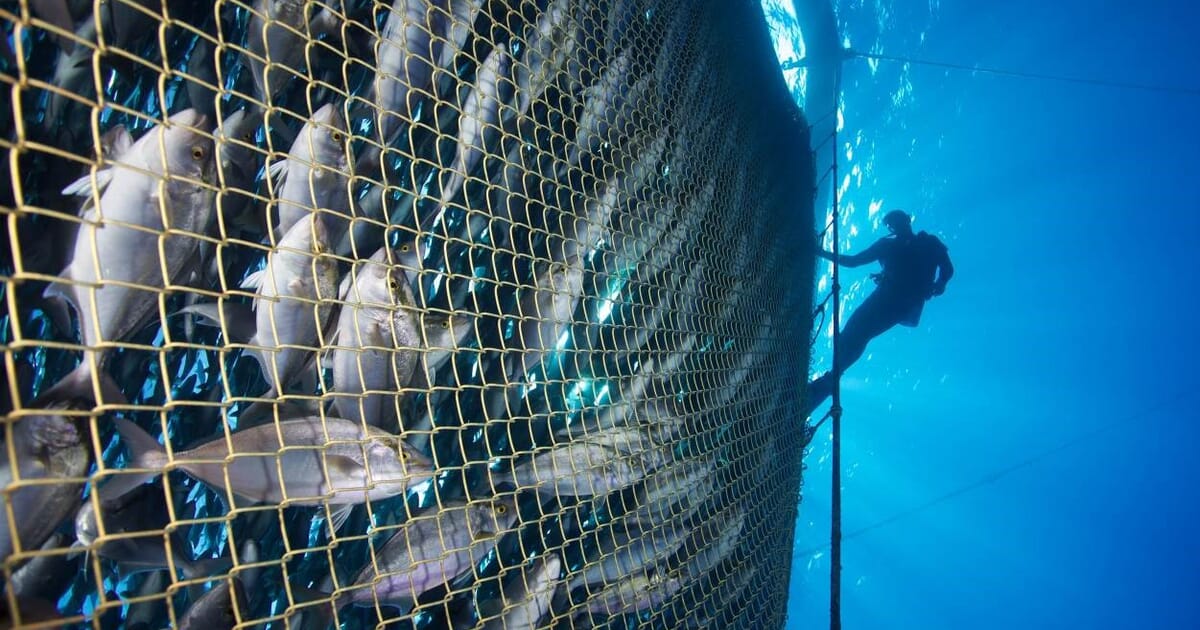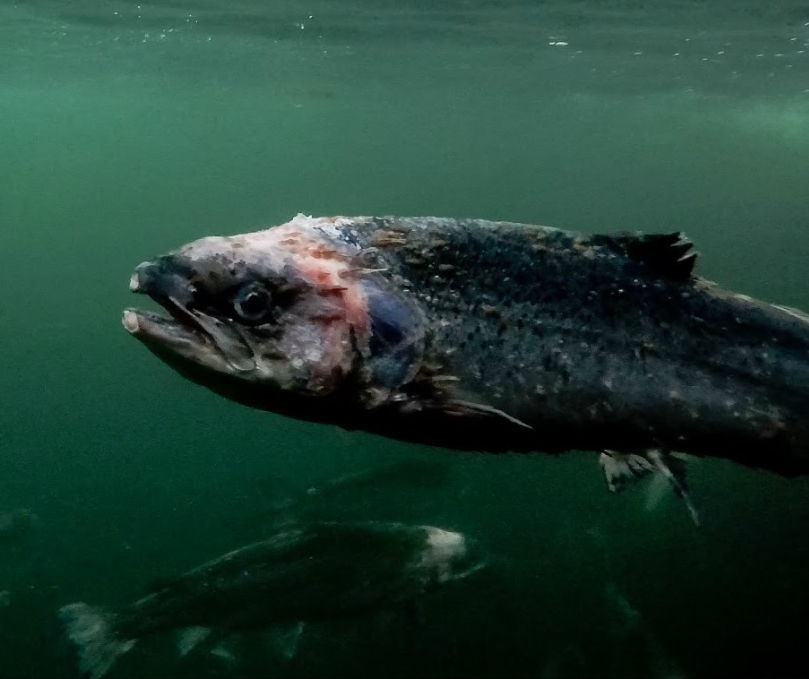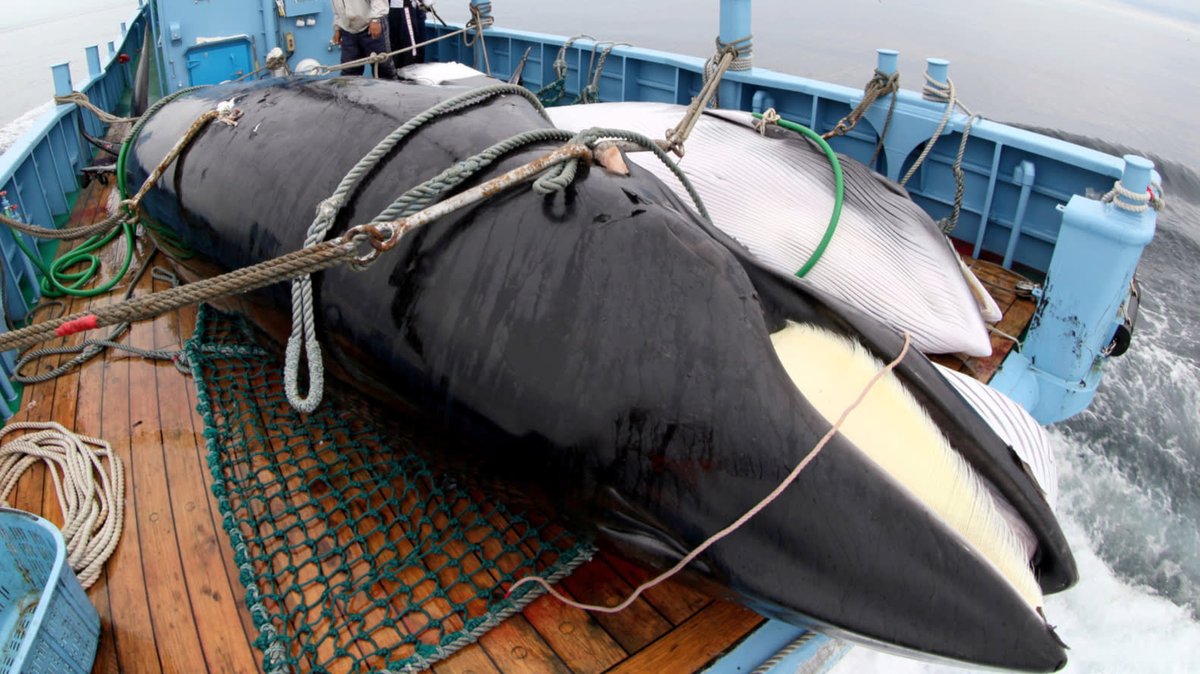
Today is “Korean American Day”.
#OTD in 1903, the first large group of Korean immigrants arrived in US-conquered territory. [Thread]
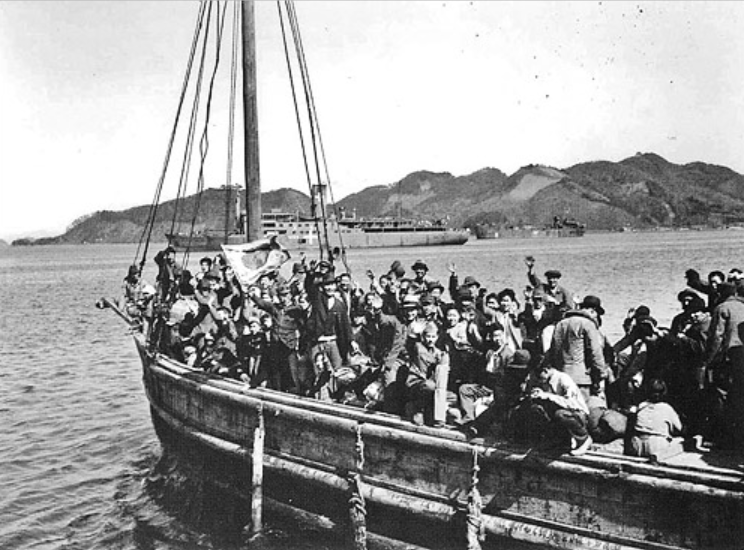

(Pictured: US troops in the Philippines)

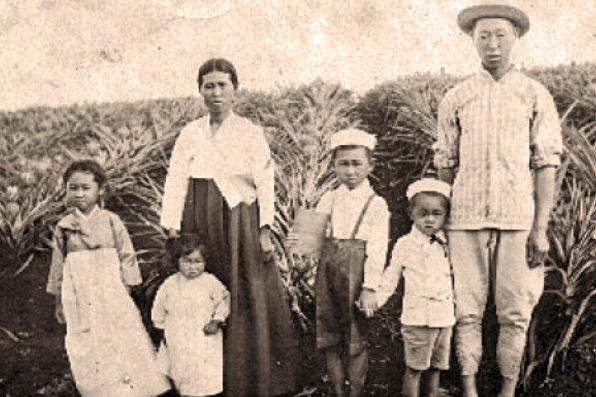
(Pictured: Koreans in Hawaii greeting newly arrived Korean immigrants at the dock)
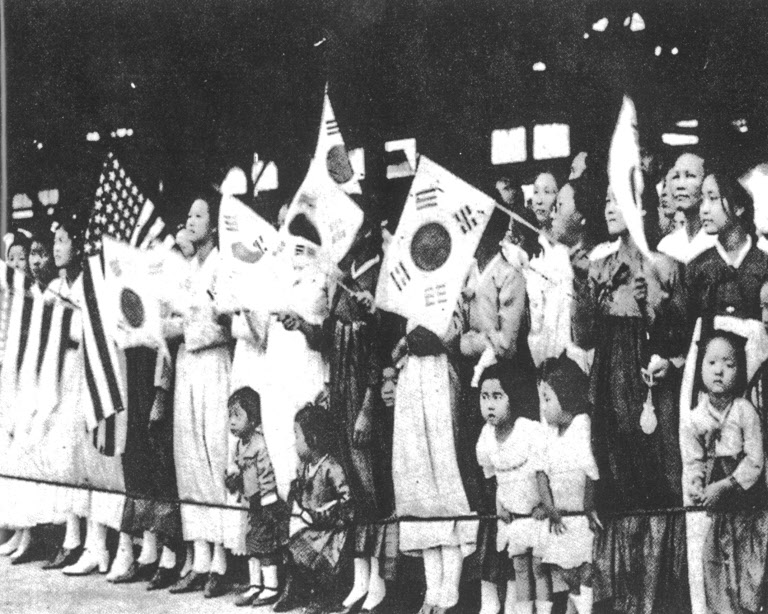
(Pictured: Koreans in Riverside, CA in 1911)
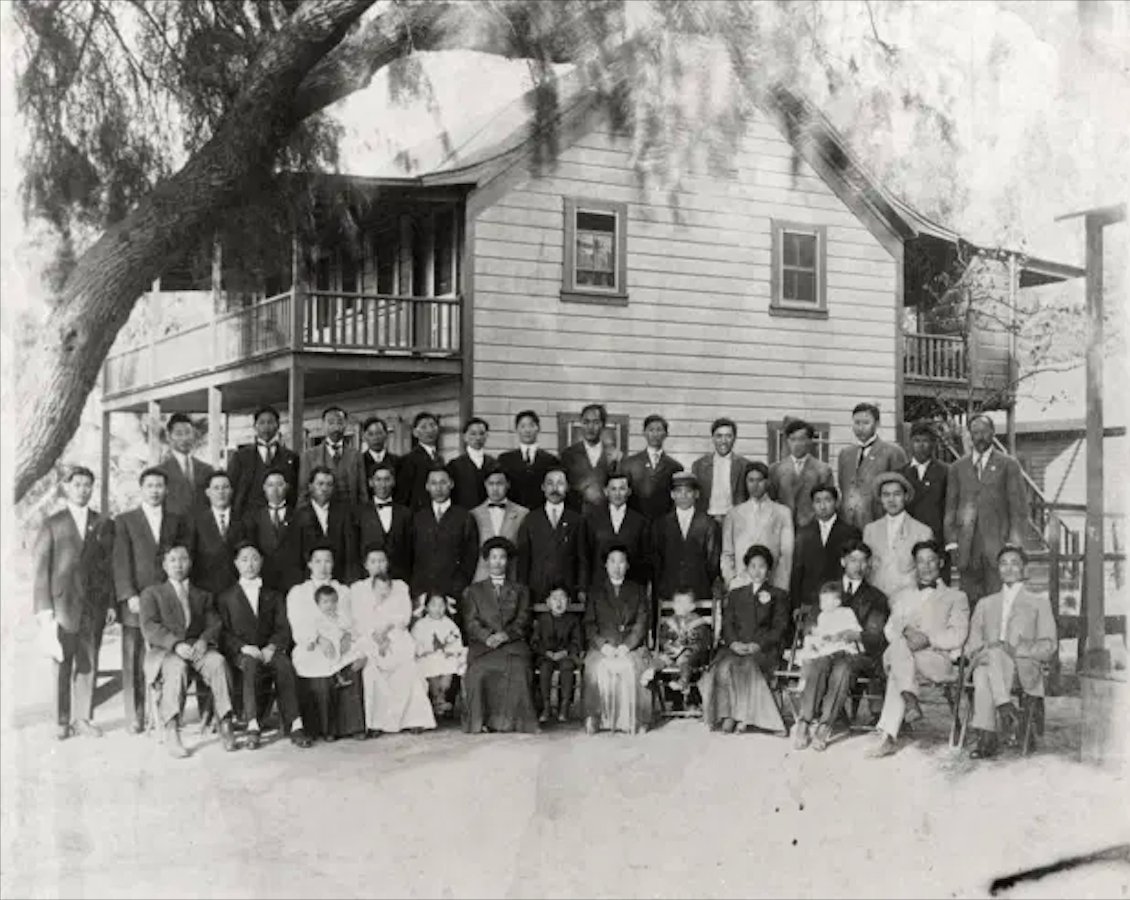

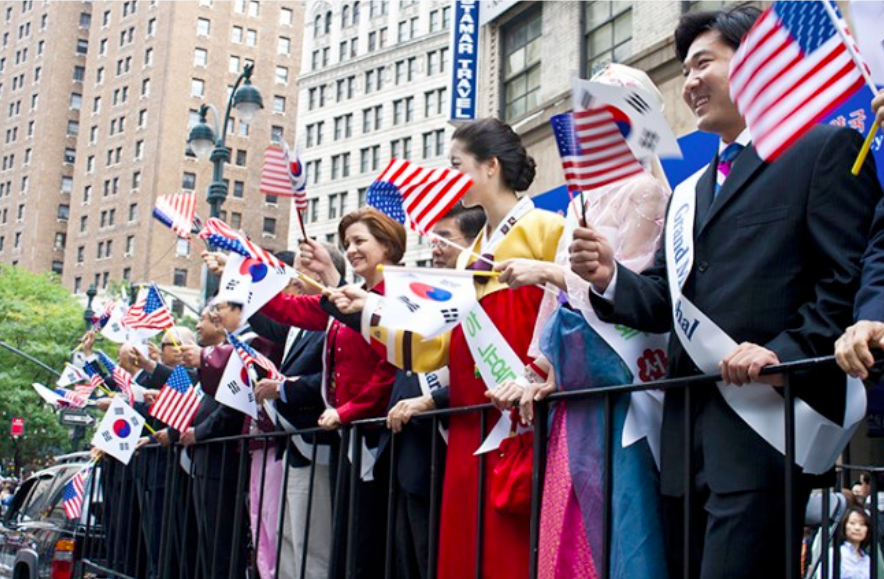
More from World
A quick thread on #Myitsone dam & #MyanmarChinaRelations in light of the SAC announcement that they would be restarting some stalled Chinese projects in Burma. This announcement has led to speculation about Myitsone, which has been suspended since 2011. Let’s go! ➡️ China has
consistently misunderstood & underestimated popular opposition to Myitsone. First and foremost, to the Burmese people, this is about the “mother river” of Burma - the Irrawaddy- and it’s nearly sacred importance to them as a lifeline of their country. This is what drove the
organic anti-dam movement that started locally in Kachin but +/- 2007 was effectively picked up & nationalized by Burmese environmental CSOs. Instead of understanding this, the Chinese lashed out and blamed the United States when Thein Sein suspended the project. I assure you
the USG was as surprised as China when the project was suspended. But China never believed it was truly the desire of the Burmese people that stopped the project. Today, the dam doesn’t make sense economically for Beijing & will definitely alienate Burmese, yet they stubbornly
continue to push it. Why? Let’s unpack a bit further. In addition to Myitsone, there were other campaigns & protests targeting Chinese projects such as Letpadaung copper mine & Kyaukphyu pipeline, port & SEZ. While these campaigns had varying levels off effect, none was as
Can\u2019t overstate how politically dangerous this is. As readers told me: a deeply unpopular regime pushing for deeply unpopular infrastructure projects. Not sure this is what Beijing wants either. https://t.co/TnlrgjPyxZ
— Thompson Chau (@tchau01) February 15, 2021
consistently misunderstood & underestimated popular opposition to Myitsone. First and foremost, to the Burmese people, this is about the “mother river” of Burma - the Irrawaddy- and it’s nearly sacred importance to them as a lifeline of their country. This is what drove the
organic anti-dam movement that started locally in Kachin but +/- 2007 was effectively picked up & nationalized by Burmese environmental CSOs. Instead of understanding this, the Chinese lashed out and blamed the United States when Thein Sein suspended the project. I assure you
the USG was as surprised as China when the project was suspended. But China never believed it was truly the desire of the Burmese people that stopped the project. Today, the dam doesn’t make sense economically for Beijing & will definitely alienate Burmese, yet they stubbornly
continue to push it. Why? Let’s unpack a bit further. In addition to Myitsone, there were other campaigns & protests targeting Chinese projects such as Letpadaung copper mine & Kyaukphyu pipeline, port & SEZ. While these campaigns had varying levels off effect, none was as
You May Also Like
Recently, the @CNIL issued a decision regarding the GDPR compliance of an unknown French adtech company named "Vectaury". It may seem like small fry, but the decision has potential wide-ranging impacts for Google, the IAB framework, and today's adtech. It's thread time! 👇
It's all in French, but if you're up for it you can read:
• Their blog post (lacks the most interesting details): https://t.co/PHkDcOT1hy
• Their high-level legal decision: https://t.co/hwpiEvjodt
• The full notification: https://t.co/QQB7rfynha
I've read it so you needn't!
Vectaury was collecting geolocation data in order to create profiles (eg. people who often go to this or that type of shop) so as to power ad targeting. They operate through embedded SDKs and ad bidding, making them invisible to users.
The @CNIL notes that profiling based off of geolocation presents particular risks since it reveals people's movements and habits. As risky, the processing requires consent — this will be the heart of their assessment.
Interesting point: they justify the decision in part because of how many people COULD be targeted in this way (rather than how many have — though they note that too). Because it's on a phone, and many have phones, it is considered large-scale processing no matter what.
It's all in French, but if you're up for it you can read:
• Their blog post (lacks the most interesting details): https://t.co/PHkDcOT1hy
• Their high-level legal decision: https://t.co/hwpiEvjodt
• The full notification: https://t.co/QQB7rfynha
I've read it so you needn't!
Vectaury was collecting geolocation data in order to create profiles (eg. people who often go to this or that type of shop) so as to power ad targeting. They operate through embedded SDKs and ad bidding, making them invisible to users.
The @CNIL notes that profiling based off of geolocation presents particular risks since it reveals people's movements and habits. As risky, the processing requires consent — this will be the heart of their assessment.
Interesting point: they justify the decision in part because of how many people COULD be targeted in this way (rather than how many have — though they note that too). Because it's on a phone, and many have phones, it is considered large-scale processing no matter what.
Ivor Cummins has been wrong (or lying) almost entirely throughout this pandemic and got paid handsomly for it.
He has been wrong (or lying) so often that it will be nearly impossible for me to track every grift, lie, deceit, manipulation he has pulled. I will use...

... other sources who have been trying to shine on light on this grifter (as I have tried to do, time and again:
Example #1: "Still not seeing Sweden signal versus Denmark really"... There it was (Images attached).
19 to 80 is an over 300% difference.
Tweet: https://t.co/36FnYnsRT9

Example #2 - "Yes, I'm comparing the Noridcs / No, you cannot compare the Nordics."
I wonder why...
Tweets: https://t.co/XLfoX4rpck / https://t.co/vjE1ctLU5x

Example #3 - "I'm only looking at what makes the data fit in my favour" a.k.a moving the goalposts.
Tweets: https://t.co/vcDpTu3qyj / https://t.co/CA3N6hC2Lq

He has been wrong (or lying) so often that it will be nearly impossible for me to track every grift, lie, deceit, manipulation he has pulled. I will use...

... other sources who have been trying to shine on light on this grifter (as I have tried to do, time and again:
Ivor Cummins BE (Chem) is a former R&D Manager at HP (sourcre: https://t.co/Wbf5scf7gn), turned Content Creator/Podcast Host/YouTube personality. (Call it what you will.)
— Steve (@braidedmanga) November 17, 2020
Example #1: "Still not seeing Sweden signal versus Denmark really"... There it was (Images attached).
19 to 80 is an over 300% difference.
Tweet: https://t.co/36FnYnsRT9

Example #2 - "Yes, I'm comparing the Noridcs / No, you cannot compare the Nordics."
I wonder why...
Tweets: https://t.co/XLfoX4rpck / https://t.co/vjE1ctLU5x

Example #3 - "I'm only looking at what makes the data fit in my favour" a.k.a moving the goalposts.
Tweets: https://t.co/vcDpTu3qyj / https://t.co/CA3N6hC2Lq





